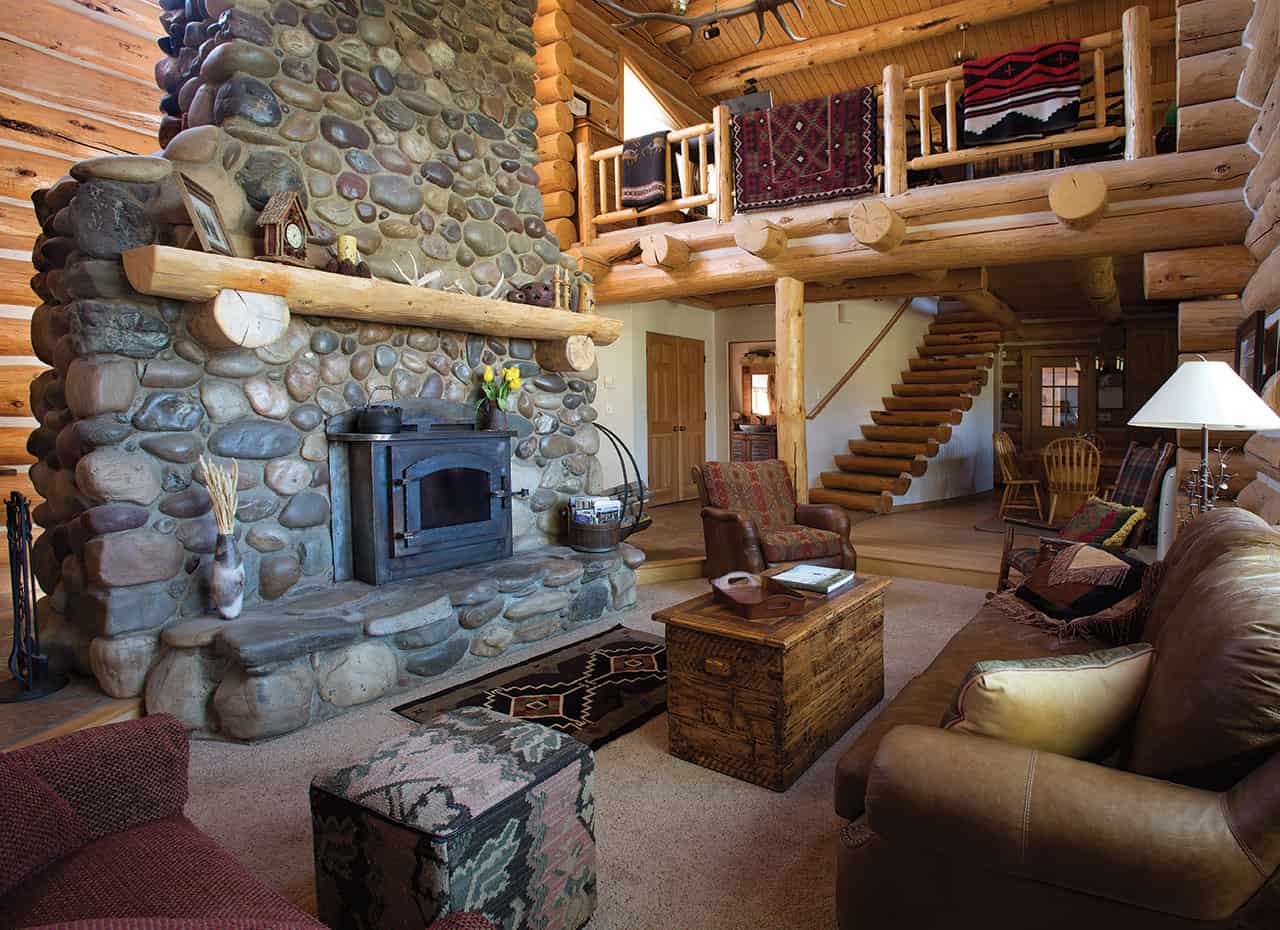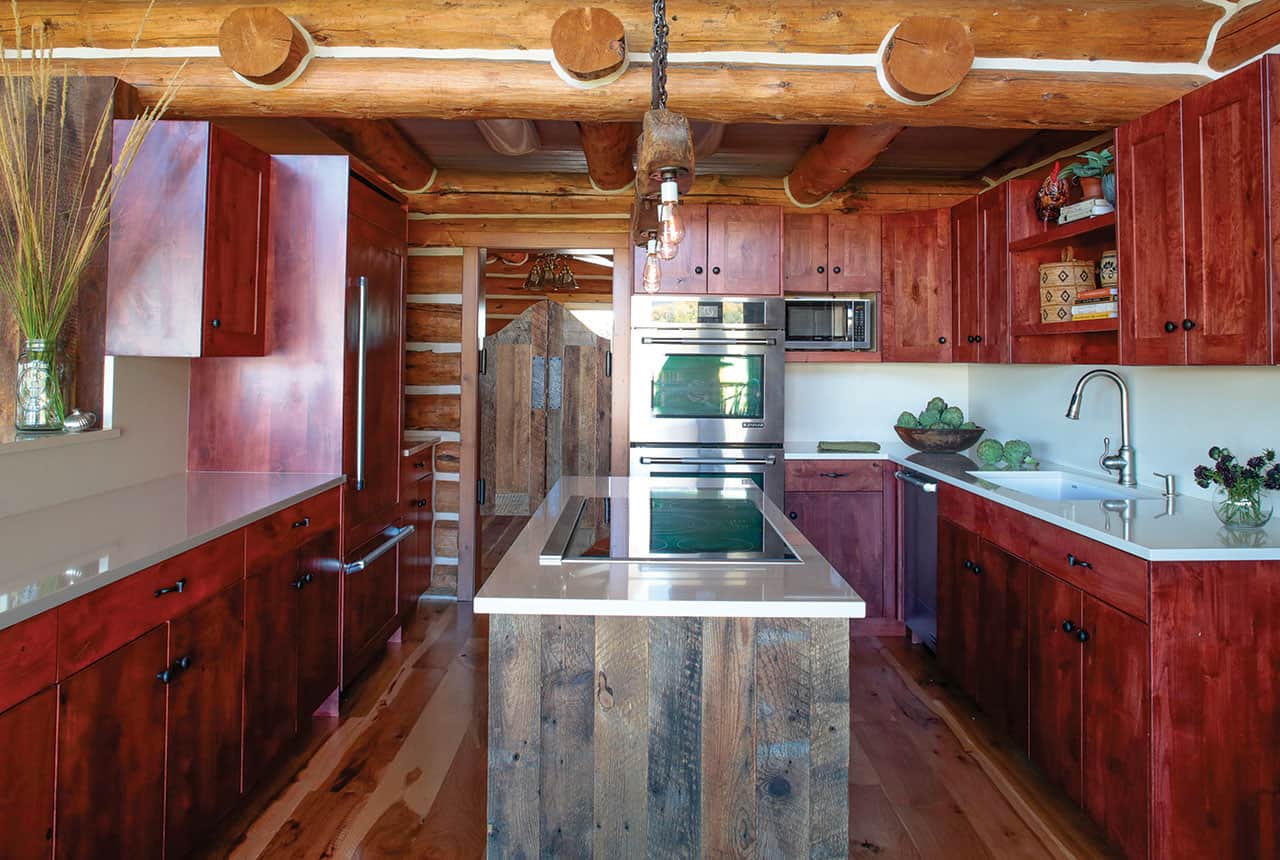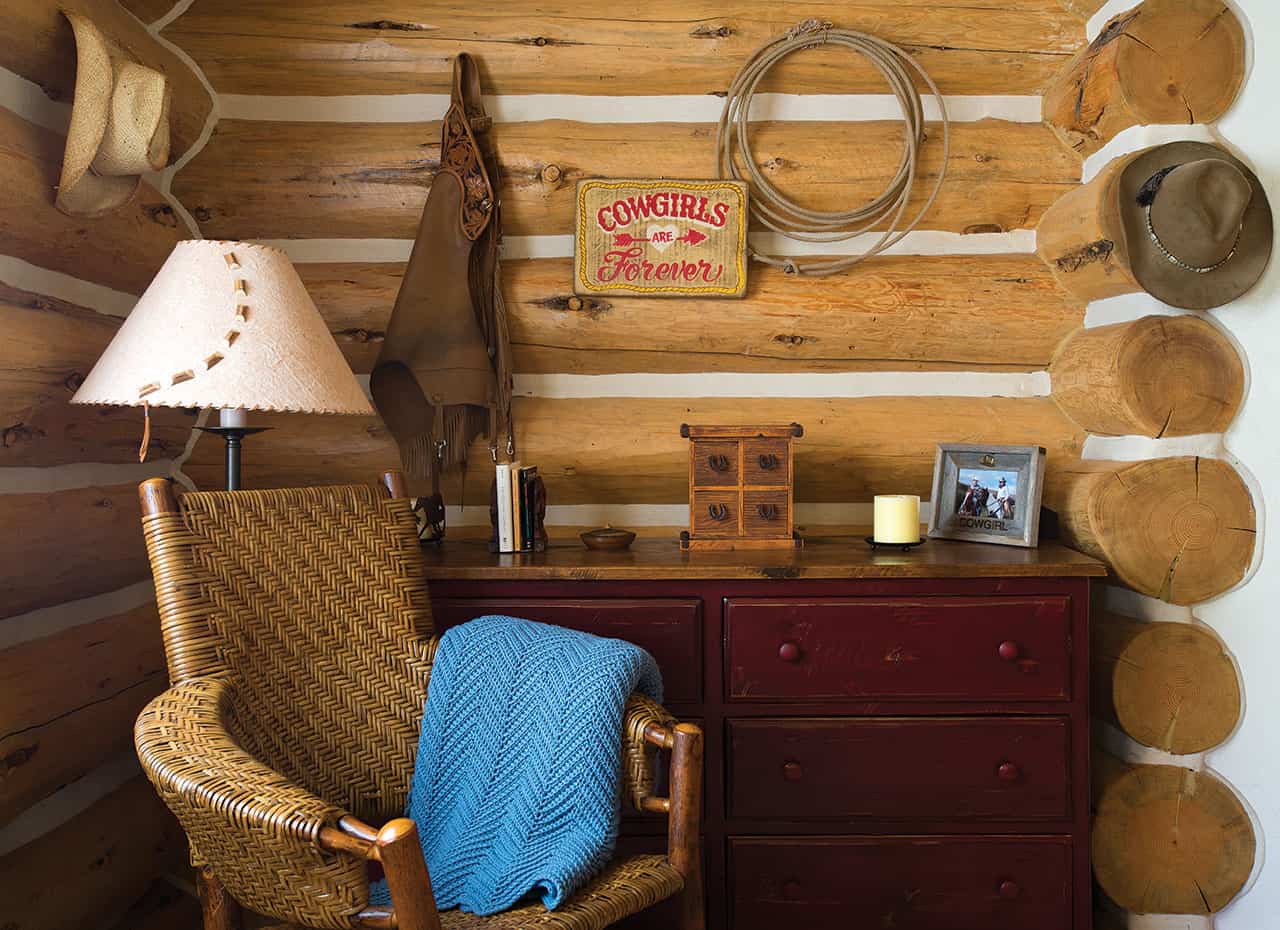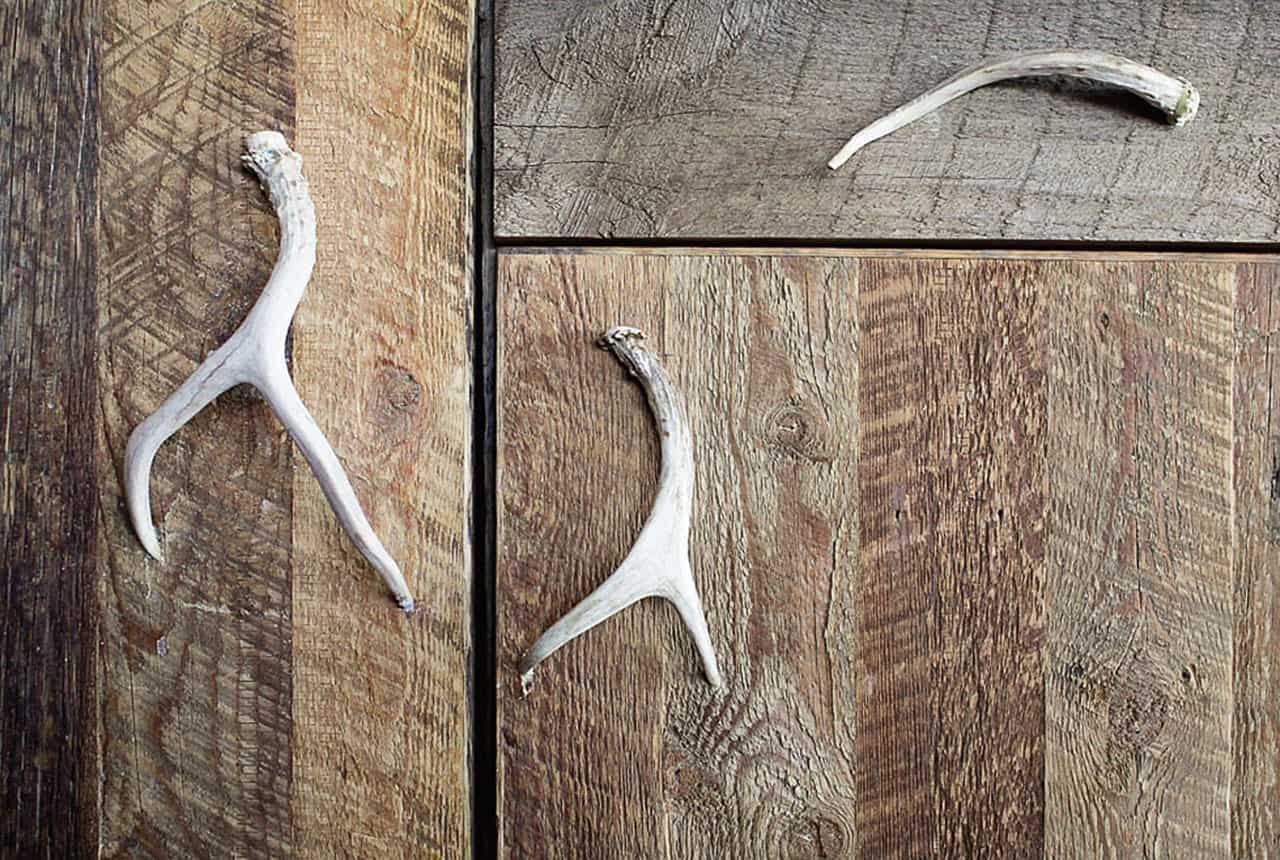Read The
Current Issue
Classic Lodge
Some things never go out of style.
By joohee muromcew
Photography by bradly j. boner

Thomas Molesworth was a small-time furniture maker based in Cody when publishing magnate Moses Annenberg commissioned him to design and build the furniture for—and also to decorate—his luxury Wyoming hunting retreat, Ranch A. Molesworth created 245 pieces of furniture for the main lodge and associated guest cabins, and brought in Native American artifacts, taxidermy, and artwork as interior accents. (Annenberg’s main interest in the area was hunting.) That was 1932.
Today, Ranch A, which is in Beulah, Wyoming, near the state’s border with South Dakota, is on the National Register of Historic Places, and at downtown Jackson’s Fighting Bear Antiques—one of the country’s experts on Molesworth—you can buy a Molesworth chair for several thousand dollars.
Designed by South Dakota architect Ray Ewing and built from locally cut and milled wood by Finnish craftsmen, Ranch A’s write-up on the National Register states its log structures are “some of the finest architect-designed buildings in Wyoming.” As remarkable as Ranch A’s log buildings are, the retreat was perhaps most important for its Molesworth furnishings and interiors. Educated at the Art Institute of Chicago, Molesworth’s work melded elements of the Arts and Crafts movement with local materials like horns, natural wood, and hides. Today, his style is called “Cowboy High Style.” After Ranch A, his Shoshone Furniture Company went on to do the interiors of Cody’s TE Ranch; the Plains Hotel in Cheyenne; Jackson’s own Wort Hotel; the Pendleton Hotel in Pendleton, Oregon; Elko, Nevada’s Stockmen’s Hotel; Rawlins’ Ferris Hotel; and the Northern Hotel in Billings, Montana. President Dwight D. Eisenhower’s home in Gettysburg, Pennsylvania, even had some Molesworth pieces in it.

MOLESWORTH’S HEYDAY WAS during the second iteration of rustic arts, according to Ralph Kylloe, the author of The Rustic Home, Rustic Elegance, The Log Home Book, and ten other books. Kylloe says the original rustic aesthetic in this country was the Great Camp period, in the early 1900s. New Yorkers and Philadelphians escaping the grime and heat of a city summer retreated to modest, simply built cabins in the Adirondacks.
Molesworth and the other designers, craftsmen, and architects that created cowboy rustic started in the 1920s. (Molesworth’s furniture company was in business until 1961.) Even though it was happening in the West, wealthy easterners again fueled this second take on rustic. They’d often visit dude ranches in the Rocky Mountains, see cowboy style, and, inspired, build lavish summer homes in the area in the same fashion, which included river-rock chimneys and rough-hewn lodgepole pine walls. These details and materials weren’t so much choices, but necessity: Wyoming was still very much the Wild West, and river rocks and logs were the materials in most abundant supply.
Kylloe says a third iteration of rustic—the one he also says we’re still mostly in—started in the early 1990s. Even though he was deceased for more than a decade at that point, Molesworth influenced it. Terry Winchell, co-owner of Fighting Bear Antiques with his wife, Claudia, says it was a 1989 exhibition, Interior West: The Craft & Style of Thomas Molesworth, at Cody’s Buffalo Bill Historical Center that brought about a renewed interest in the rustic lodge look. (After closing at the BBHC, the Molesworth exhibit moved to the Autry National Center in Los Angeles.) “The West was reintroduced to this iconic architect of western vernacular design in this exhibit,” Winchell says.

LOOKING AROUND JACKSON Hole today, it could be argued that the rustic look is now in its fourth phase. The sensibilities that gave rise to such grand lodges like Ranch A have been redefined and refined for contemporary tastes. The design elements remain traditional—reclaimed wood, antler and horn details, and animal hide finishes—but are now cast in a contemporary light. Still, they express the original aesthetics of those early dude ranch owners: homes that are relaxed, comfortable, at peace in their natural surroundings, and rely heavily on local craftsmen.
Jackson designer Nanette Mattei’s project for one family (from the West Coast but with fond attachment to Maine) speaks of classic western lodge style with a lighter eye. The owners desired a “hunters’ lodge feel with all the conveniences of modern living.” Details like custom willow chairs and a basket woven by a Native American artist add a highly personal feel and story to the home.
Irene and Alan Lund’s Jackson home could almost be a second-phase lodge home but, owing to oversize picture windows, living spaces are awash with light. (First- and second-generation rustic lodges are often dark inside because the materials and engineering didn’t exist to do large windows.) Also, there is a river-rock fireplace, but it has a steel inset. The staircase is lodgepole but, unburdened by a banister or balustrade, is open and airy, lightening the weight of the kitchen space. An armchair upholstered in wool plaid and the rough-hewn mantel would be right at home at Ranch A, though.






